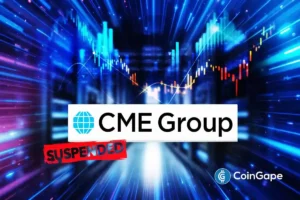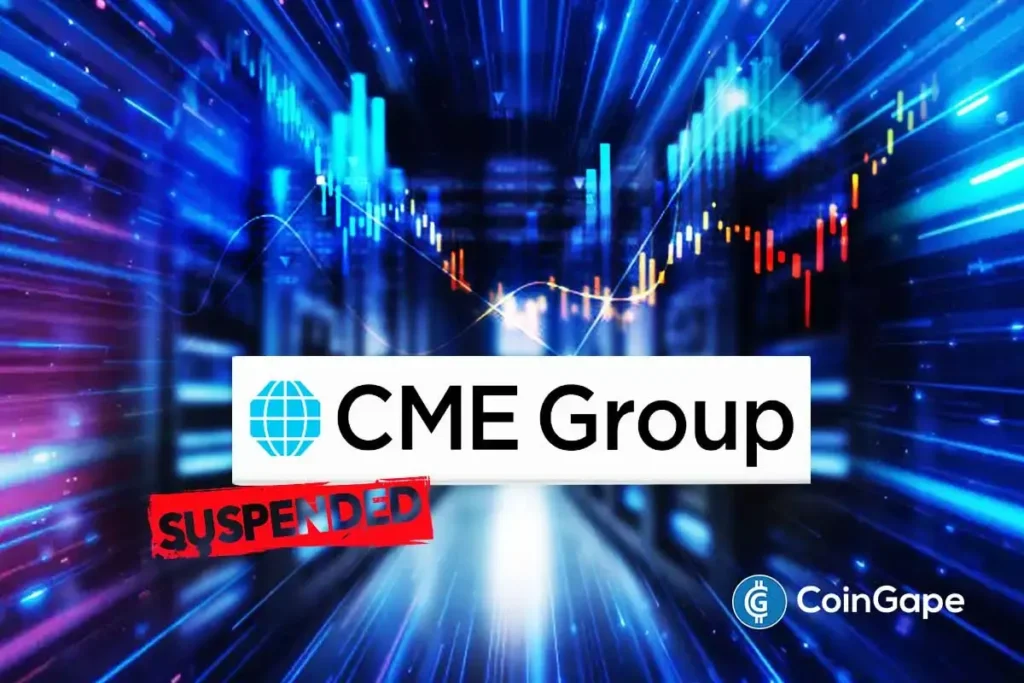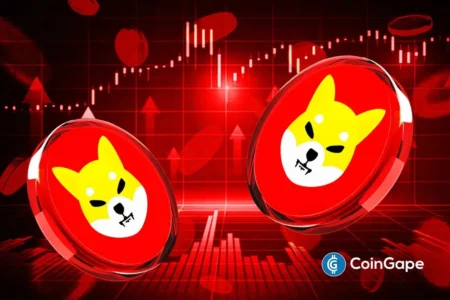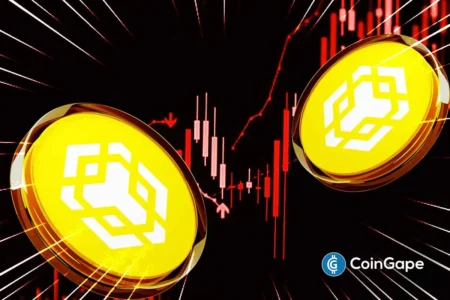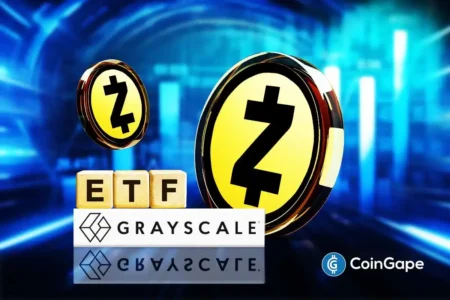CME Group Suspends Trading Amid Data Center Failure: Implications and Insights
The CME Group, a major player in global financial markets, recently faced a significant hiccup when trading activities across various asset classes were abruptly suspended due to a systems failure in its data centers. This unprecedented pause occurred on a day marked by post-holiday volatility and affected critical markets in currencies, stock futures, and commodities. Understanding the implications of this incident, especially in the context of an already quiet trading session globally, is vital for traders and investors alike.
The Incident: A Cooling Malfunction
On Friday, CME Group reported a cooling malfunction at its CyrusOne data center facilities, leading to a complete cessation of trading activities across futures, options, and foreign exchange markets operating on its Globex platform. This failure left market participants in a lurch, providing no updated benchmarks for key indices such as the S&P 500, Nasdaq 100, or major currency pairs. Trading was halted around 0300 GMT, highlighting how quickly technical failures can disrupt even the most robust financial ecosystems. Analysts voiced concerns about the increased uncertainty resulting from this stoppage, particularly in a month characterized by volatile market swings.
Impact on Global Markets
The ramifications of this outage were felt throughout the global marketplace. As liquidity dwindled, especially in the already subdued post-Thanksgiving session in Asia, traders found themselves unable to execute transactions effectively. The incident also impacted the EBS platform, a widely utilized electronic FX platform, and prevented essential pricing data for dollar/euro and dollar/yen pairs from updating. This lack of refresh meant traders could not make informed decisions based on real-time market data, exacerbating the confusion and uncertainty among market participants.
CME Support and Recovery Efforts
In response to the situation, CME Group emphasized that its support teams were actively working to restore normal trading activity. The exchange reassured clients that they would be updated on pre-open details as soon as feasible. However, the incident revealed vulnerabilities in the firm’s operational infrastructure, drawing attention to the critical importance of robust systems, especially during periods of market volatility. As the exchange navigates this challenge, market analysts continue to scrutinize its recovery efforts and the broader implications for investor confidence.
Progressive Infrastructure Investments
Notably, this operational failure occurs amidst CME Group’s ongoing efforts to upgrade its infrastructure. Earlier in the year, CME announced a partnership with Google Cloud aimed at exploring how tokenization can enhance traditional finance. By utilizing Google Cloud’s Universal Ledger, CME Group is investigating innovative mechanisms for asset management. Such initiatives indicate a commitment to evolving alongside technological advances, which may ultimately contribute to greater resilience against unforeseen operational failures.
Expanding Crypto Derivatives Offerings
Interestingly, this trading outage coincides with CME Group’s recent introduction of new futures contracts for cryptocurrencies like XRP and Solana. Scheduled to go live on December 15, pending regulatory approval, these spot-quoted futures aim to provide institutions with more flexible hedging tools and lower margin requirements. Additionally, options tied to these contracts are set to be introduced, which could further cater to a growing demand for cryptocurrency trading. Despite the temporary disruptions, CME Group has reported record trading volumes in crypto and U.S. Treasury markets, signifying a promising outlook for its evolving product portfolio.
Stock Performance and Long-Term Outlook
Despite the operational setback caused by the data center failure, CME Group’s stock has shown resilience, increasing over 20% year-to-date. Long-term investors have benefited significantly, with returns approaching 90% over the past five years. As the company continues to adapt and innovate in response to market dynamics, both the current trading halt and its proactive investments in new technology and products could shape its future operational performance. The incident underlines the necessity for continuous advancements in infrastructure to maintain market integrity and reassure traders during turbulent times, positioning the CME Group as a forward-thinking leader in financial markets.
In conclusion, the CME Group’s recent trading suspension highlights the critical importance of reliable technological infrastructure in maintaining market operations. As they work to remedy the situation and push forward with innovative products, market participants will be closely monitoring developments, both in recovery efforts and in the broader implications for trading across all asset classes.


